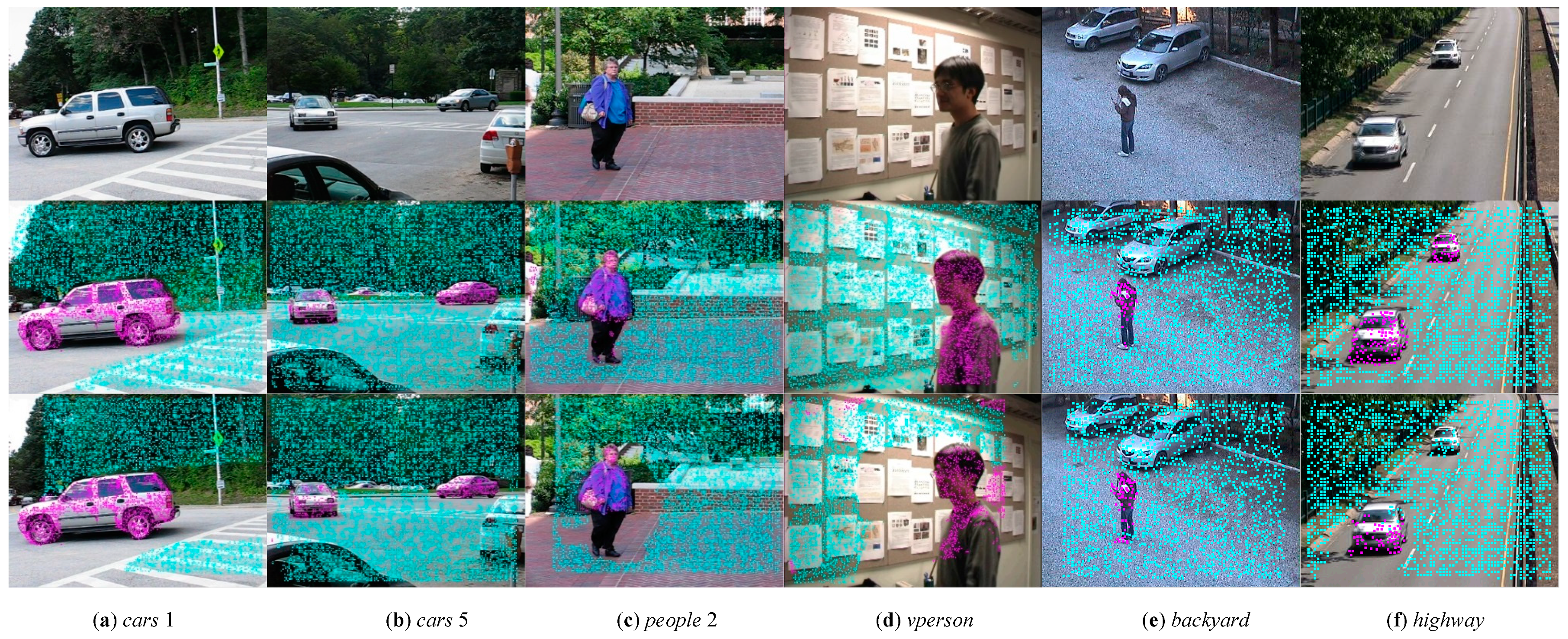
The “High” setting will produce a large file size. Within this window, you can select the resolution (faceting) for your model (High, Medium, Low and Custom) and check that your units are correct. Tip: Before finalizing your export, select the Options tab. From Low, Medium to High, the hairdryer sample file in Inventor went from about 6.7MB to 17.6MB to 50MB. Note: The “High” setting will also produce the largest file size. Within the preview window, select Save Copy As or Send to 3D Print Service.Select Options and choose desired resolution and click OK.Note: We don’t recommend Sketchup for use with 3D printing as it does not export well and is best for early design sketches rather than producing physical models.
ART CAM MOVE WITH CONSTRAINTS FREE
We recommend uploading your SketchUp file into Meshmixer (a free program from Autodesk) to check your file for faceting and fix any surface flaws. Tip: SketchUp isn’t inherently built for model production therefore it’s useful to check your SketchUp file for additional feature accuracies once it’s exported from the interface.
ART CAM MOVE WITH CONSTRAINTS SOFTWARE
If your CAD software is not listed below or if you require additional assistance, please contact your CAD software technical support for information about exporting to an STL.

The following step-by-step instructions for converting CAD files to STL came from each CAD software company’s website or from 3D printing and design user forums it’s an overall simplified step-by-step process from the greater 3D printing community. We’ve compiled tips on exporting for the best “surface: file” size ratio below. These are the parameters that affect the faceting of the STL. When exporting to STL in your CAD package, you may see parameters for chord height, deviation, angle tolerance, poly count, or something similar. 3D printing can only accept a certain file size therefore it’s important to find a balance between your model, its desired surface, and the 3D printing process of your choice. However, the smoother/ less faceted your surface is, (the higher the poly count or triangulation) the larger your file.

If the STL is coarse and faceted the physical 3D printed model will be coarse and faceted as well. You cannot build the model smoother than the STL file. The parameters used for outputting a STL will affect how much faceting occurs (Figures 2 and 3). The triangulation (or poly count) of a surface will cause faceting of the 3D model. STL is a triangulated representation of a 3D CAD model (Figure 1).

When a component family does not need to cut or carve the host geometry, consider using a free-standing family or just a face-based family in conjunction with the Nearby Elements option.STL is the standard file type used by most additive manufacturing systems. The Moves With Nearby Elements option is also a simpler alternative to using a hosted family. You could align and constrain the family to its host, but too many explicit constraints will adversely affect model performance. That would limit your placement options and would subject instances to deletion if the host is deleted. To clarify the difference between this approach and other constraint relationships, you could create a wall-hosted family, but Select Moves With Nearby Elements in the Options bar, as shown in Figure 3.9.īy setting this option, you create an invisible relationship between the bed and the wall so that each time you move the wall, the bed moves with it. For this purpose, select the furniture and then If you change the design of the space, you want the furniture to follow the wall to the new location. When furnishing a space, for example, you probably want to align the bed or dresser with an adjacent wall.

This setting is designed to capture logical relationships between elements without establishingĪn explicit constraint. A simple way to constrain freestanding elements is to use the Moves With Nearby Elements option.


 0 kommentar(er)
0 kommentar(er)
